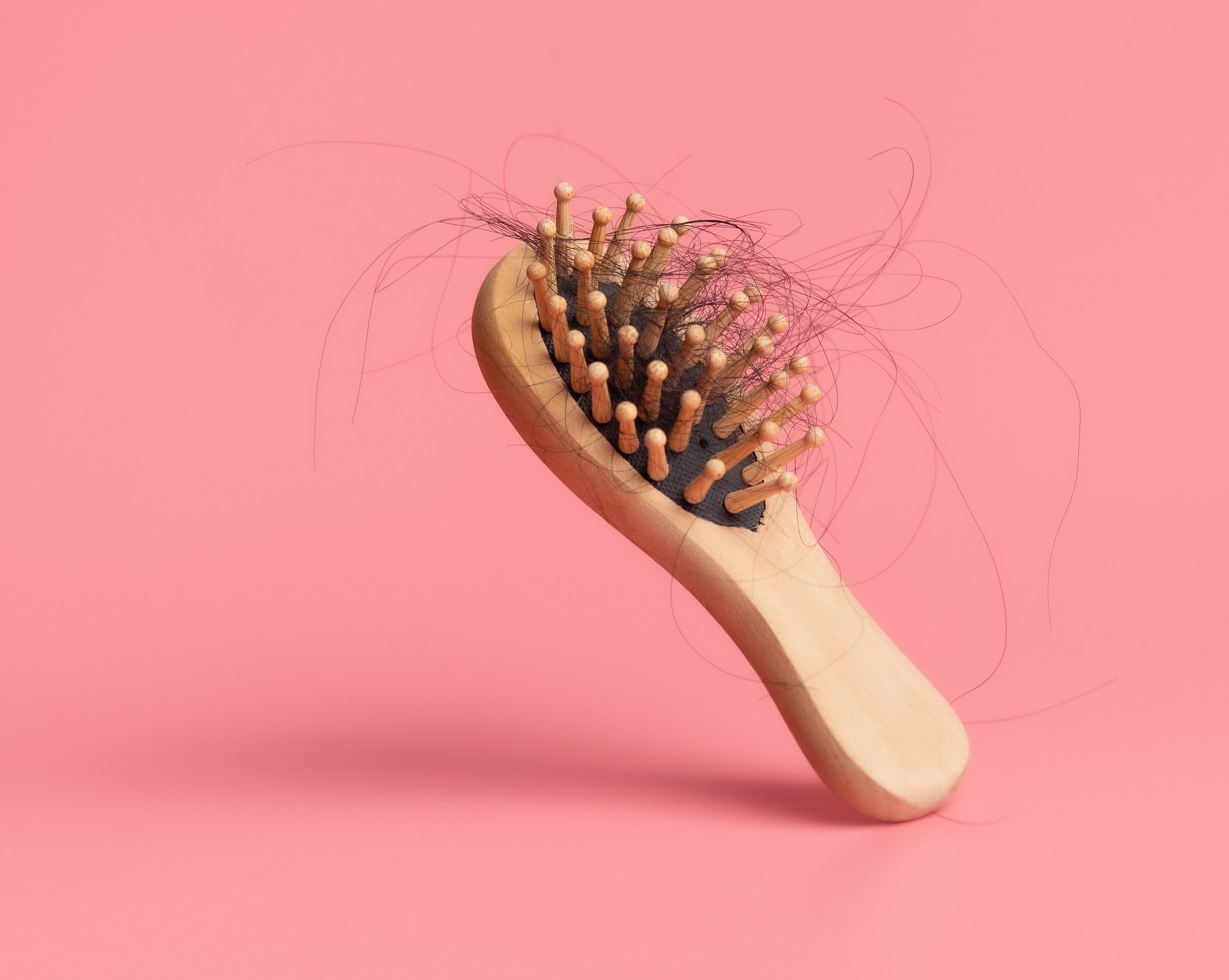Dr. Laura Scott, MD, started an educational series all about hair loss for National Hair Loss. In her latest video, she broke down alopecia and the different forms of it.
“Alopecia = hair loss. It’s National Hair Loss Awareness month so I wanted to do a little educational series on hair loss! I hope it can be helpful,” the caption read.
“So many of my patients come in with the same general concern and that is, ‘I was told I have alopecia. What do I do?'” Dr. Laura started the video. “The first thing I want to break down in this video is the actual definition of alopecia because many people think it is a complete diagnosis and it’s not.”
Dr. Scott explained that the alopecia is “just a medical term for hair loss.”
“It’s sorta like diagnosing someone with a cough. There are many causes for a cough from virus to bacteria to allergies to post nasal drips, and so on,” she continued. “And while something like a cough syrup may provide temporary relief, it may not actually fix the problem if we don’t really figure it out. The same goes with hair. There are many different causes of alopecia and while there are somethings that can help, we really do need to get down to the type of hair loss so we can best decide how we’re going to treat.”
Dermatologist will need a few things, including medical history, prescription history, and family history, to treat a patient’s alopecia properly.
Non-Scarring and Scarring Alopecia
Her first goal is to understand the type of alopecia a patient suffers from — scarring or non-scarring. Understanding this allows dermatologists to map out treatment plans and set realistic expectations for the patient.
“In non-scarring types of hair loss, as long as it’s diagnosed correctly, we often times can get really great results in terms of hair regrowth,” Dr. Scott said. “In scarring forms of alopecia, essentially, the hair follicle where hair grows from is completely scarred down. So it becomes really difficult to ever grow hair there again. It doesn’t mean it’s completely impossible, but it’s incredibly important to find this type of hair loss in the early stages to get the best outcome.”
According to American Skin Association, non-scarring alopecia is more common and can affect men and women. Different types of non-scarring alopecia include alopecia areata, telogen effluvium, and trichotillomania, as well as other less common conditions. While scarring alopecia involves destroyed hair loss, typically caused by inflammation. Some causes of scarring alopecia are fungal infection, hair relaxers, mechanical traction, and various inflammatory disorder such as lupus erythematosus.
Dr. Scott advised that patients contact a dermatologist as soon as possible. She also shared keywords for patients who must go through their primary care provider first.
“I always recommend just telling [PCP] you want to be seen for scarring alopecia or scalp dermatitis, which are some keywords that oftentimes help people get seen.”
